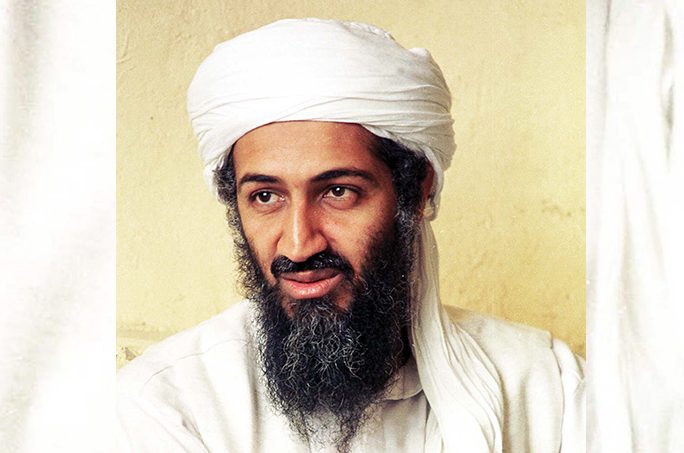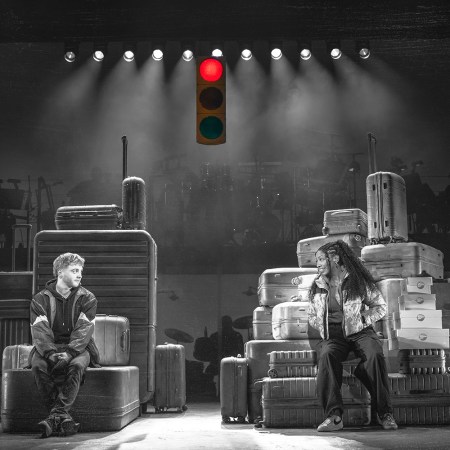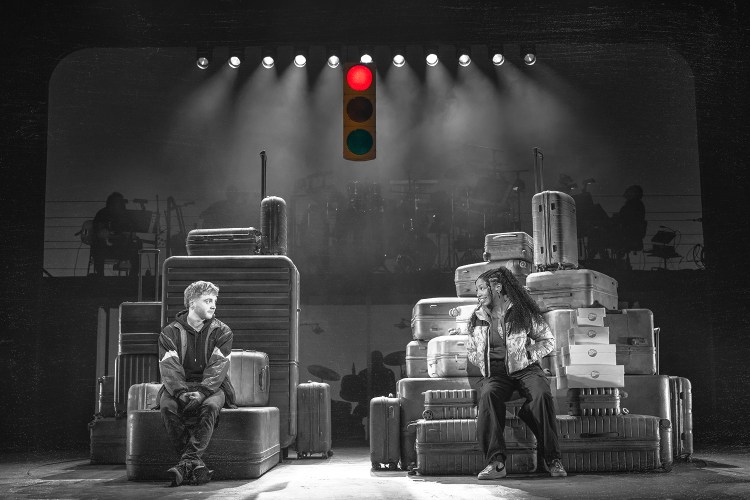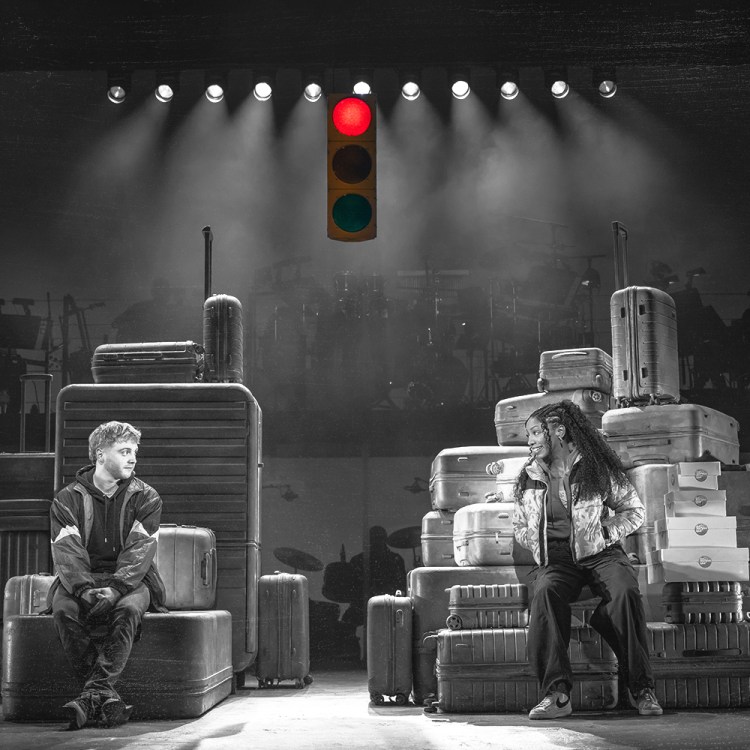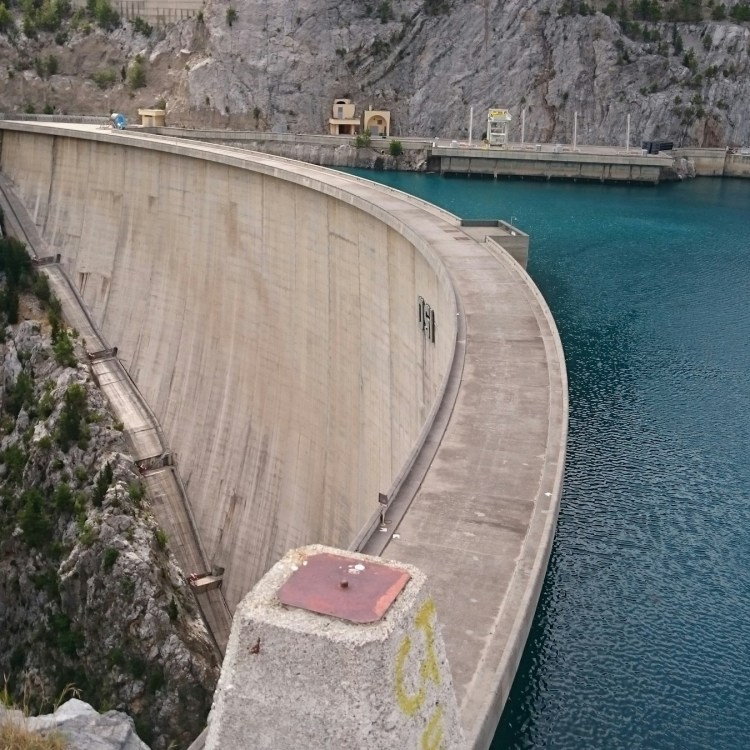Do you know how many doors were there in the compound where al Qaeda leader Osama bin Laden was hiding in Abbottabad, Pakistan? How about the most likely weather forecast in early May? And there’s a military academy nearby, do they have tanks? If so, how many?
Those are some of the decidedly unsexy but operationally critical questions that are generally left out of the Hollywood version of the most famous military operation in recent history. Luckily, before the real life mission to kill bin Laden on May 1, 2011 they were answered by a little-known group of intelligence officers and analysts called the “joint Abbottabad coordination cell.”
The cell, according to Defense Intelligence Agency historian Greg Elder, was formed from the DIA, CIA and other intelligence agencies to “put all the information together on Abbottabad” so that when SEAL Team 6 snuck into the Pakistani city that night, they would have as good idea as possible what they were getting themselves into.
“I mean just everything that you could possibly imagine going into a major strike well behind a foreign country’s lines,” Elder told International Spy Museum historian Vince Houghton on the most recent episode of the Spycast podcast. “What are the air defenses in the region? What is it that you have to be concerned about going into this?”
U.S. intelligence first spotted the Abbottabad compound in late 2010, and over the coming months gathered as much information as possible on it. The DIA, for its part, would bring to bear the kind of intelligence it has historically specialized in since Vietnam: information directly related to combat operations including “tactical support packages” with details on the threat environment assessments, potential movement routes and operational details related to the raid itself. That would be combined with eye-in-the-sky intelligence from the National Geospatial-Intelligence Agency and, of course, the CIA’s specialized intelligence gleaned from assets and other surveillance, as well as information from other agencies.
“That’s the benefit of having a joint unit where you’re able to take everybody’s information,” he said. “You’re not just looking at DIA and its intelligence, or NGA and its intelligence, you’re really taking it all together and putting all of that together. And you really can’t get that unless you’re working together as a streamlined, consolidated type of group that really puts mission first.”
The combined intelligence allowed the U.S. government to build full-scale models of the bin Laden compound for practice, and gave mission commander Adm. William McRaven real-time tactical information up until the minute the SEALs hit the ground.
“There are very few instances where you see a raid like this where there wasn’t a substantial effort that went into the pre-operational planning for it,” Elder said.
Elder, like U.S. officials before him, said there wasn’t perfect intelligence that bin Laden was in the compound. So the best the cell could do, he said, was to “prepare the operators for the environment they’re going into.”
Bin Laden was there that night, and his death was the climax of a manhunt that began long before the Sept. 11, 2001 attacks in New York and Washington, D.C.
Elder said that like the CIA, bin Laden had been on the DIA’s radar since the 1990s and the DIA had created its own bin Laden tracking cell, similar to the CIA’s Alec Station. After 9/11, the DIA deployed to Afghanistan where it played a critical role in tracking al Qaeda leads, including having linguists on the ground to gain local support and make sense of material recovered “tunnel rat missions” in al Qaeda’s cave systems in Afghanistan.
One lead looked especially promising much earlier than Elder said most people realize: a courier that was suspected to bring messages to and from bin Laden. As early as 2003 the DIA put together a “target support package” on the courier with “everything” they could find about the individual, he said.
Two years later, Elder said the DIA recognized that “if anybody’s going to lead us to bin Laden, it’s probably going to be this courier.” They passed the file on to special operations forces operating in the region. (A CIA history says early on says interrogation of al Qaeda members revealed a key courier, but he was known only by his nom de guerre.)
Still, it took years to find the courier and track him to bin Laden’s hideout — a testament, Elder said, to al Qaeda’s security precautions.
But those same precautions also took a toll on bin Laden’s ability to effectively lead the terror group he created. Elder said DIA analysts were among the group that sifted through the mountain of the papers and digital files the SEALs recovered after the Abbottabad raid.
“He was really behind the curve on everything,” Elder said. Because the courier could only come by so often, bin Laden was unable to give timely orders beyond “generic” commands to attack the West on significant days.
Elder said he wanted to speak about the DIA’s role in the hunt for bin Laden because “people typically think of the hunt for bin laden as being a one agency type of mission.”
“What we want to be able to talk about is our role in it but also to express the fact that this is truly an all government effort — and not just an all government effort, like this was a truly global effort,” Elder said.
This article appeared in an InsideHook newsletter. Sign up for free to get more on travel, wellness, style, drinking, and culture.
